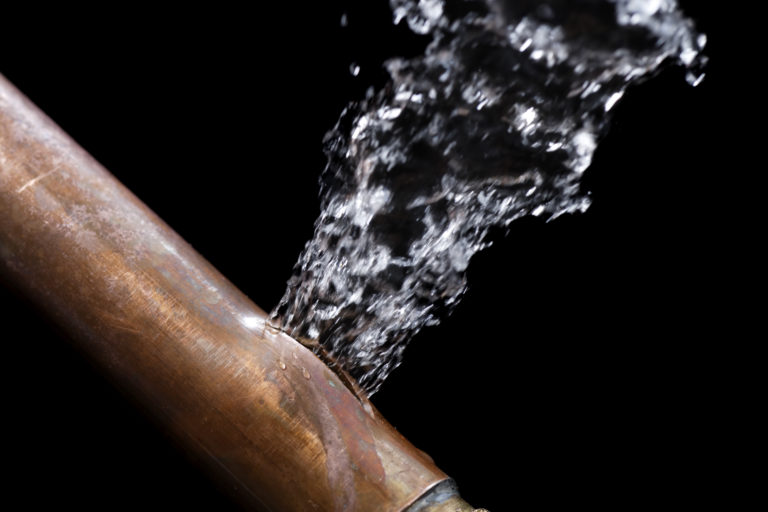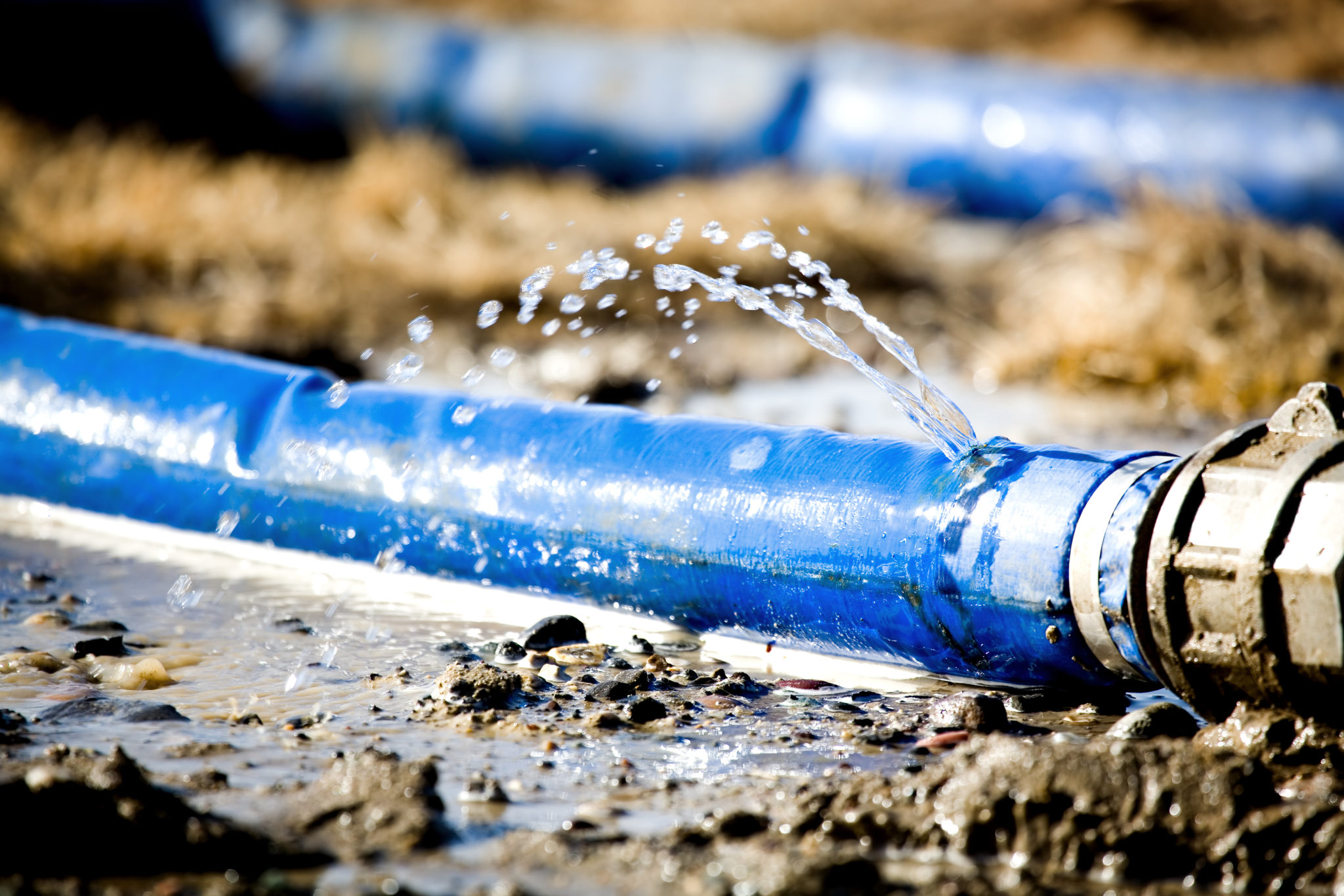How to Swiftly Spot and Efficiently Repair a Leaking Pipe
How to Swiftly Spot and Efficiently Repair a Leaking Pipe
Blog Article
How do you feel on the subject of How to Install and Connect a New Dishwasher?

A ruptured pipeline is a significant emergency; you can just stand as you view water you pay a lot to rejoin with the planet. In worse cases, you observe a swimming pool on your kitchen floor, which is a great journey risk, specifically if you have children around. If the pipeline that burst remained in your wall surfaces, trouble: you might require to paint that entire section.
How can a calamity like a burst pipe be stopped as well as taken care of? Well, by listening to your professional emergency plumbing technicians and complying with these guidelines.
Just how do I understand when my pipes have ruptured?
Fluctuating water stress
Pipes do not simply burst in a day. You might have observed that your kitchen area tap or shower doesn't run instantly when you turn the tap. It may stop briefly for a few secs and then blast you with more pressure than usual.
In other instances, the water may seem normal in the beginning, then drop in stress after a couple of secs.
Wet walls and water spots
Prior to a pipe bursts, it will leakage, the majority of times. If this consistent leaking goes unnoticed, the leak may graduate into a wide gash in your pipe. One simple way to avoid this emergency is to keep an eye out for wet wall surfaces ad water discolorations. These water stains will lead you right to the leakage.
Puddles under pipes and sinks
When a pipeline bursts, the outflow develops a pool. It may show up that the pool is growing in dimension, as well as no matter how many times you mop the puddle, in a few minutes, there's one more one waiting to be cleansed. Commonly, you may not have the ability to map the puddle to any kind of noticeable pipes. This is an indicator to call a professional plumber.
Untraceable trickling noises
Pipe bursts can take place in one of the most unpleasant places, like within concrete, inside wall surfaces, or under sinks. When the house goes quiet, you might be able to listen to an aggravatingly relentless trickling sound. Also after you have actually examined your shower head and also cooking area faucet, the dripping might proceed.
Dear reader, the leaking may be originating from a pipe inside your wall surfaces. There isn't much you can do concerning that, except tell a specialist plumber.
Turn off the Water
When water ices up, it increases in quantity by regarding 9 percent. And it expands with significant force: The stress inside pipes might go from 40 extra pounds per square inch to 40,000 psi! No pipeline can hold that much stress, so it bursts. The break might occur where the ice types, yet more often, it happens where water pressure discovers a vulnerable point in the pipe. That may be inches or perhaps feet from the icy location. Find the water shutoff valve and also switch off the water to stop even more damages. You might also require to turn off the electricity also, relying on where the leakages happens and also how huge it is.
Contaminated water
Many people think a burst pipeline is a one-way outlet. Rather the contrary. As water flows out of the hole or wound in your plumbing system, pollutants discover their way in.
Your water may be polluted from the source, so if you can, inspect if your water tank has any problems. However, if your alcohol consumption water is provided and also cleansed by the city government, you ought to call your plumber promptly if you see or scent anything funny in your water.
What do I do when I spot a ruptured pipeline?
Your water meter will remain to run even while your water wastes. To minimize your losses, locate the primary controls and transform the supply off. The water mains are an above-ground structure beside your residential or commercial property.
How to Fix & Detect a Leaking Pipe
How Do I Know if a Pipe is Leaking?
Leak detection tests can help you determine if your pipe has a leak. Even if you don’t see an apparent leak, you should still conduct leak detection tests regularly to save water and money—and prevent major damage to your home.
Water meter. It can be helpful to figure out what your usual water meter usage numbers are and then monitor them regularly. To monitor your meter, first, turn off all water faucets in your home. Check the meter and write down the numbers. In a few hours, check the meter again. If the numbers have changed, you have a leak. Water gauge. Use a water gauge to test your water pressure. Your showerhead should produce a certain amount of water pressure based on its model and design. If the pressure is lower than it is supposed to be for that specific showerhead, your home likely has a leak. Puddles. Look inside your bathroom, laundry, and kitchen sink cabinets. Puddles around the cabinets or around toilets, tubs, showers, and washing machines indicate the presence of a leaking pipe. You may also notice loose tiles, peeling or flaking paint, or mold caused by water accumulation. Napkin test. Even if you don’t see any puddles, you may still have a leak. You can test for water leaks in the bathroom, laundry, and kitchen by wiping below-sink connections with a napkin, paper towel, or piece of toilet paper. If it becomes damp, you probably have a leaking pipe under the sink. Discolored walls. Walls that are discolored—usually with brown or yellow stains—or bulging might mean that they have been impacted by water damage caused by a leaking pipe. Smell. A leaky pipe will create sitting water, and over time, that water may develop a musty smell. If your home smells musty, but you can’t locate the source, it may be due to a leak. Steps for Fixing a Leaking Pipe
A leaky drain can be remedied by tightening the pipe base, replacing the drain seal, caulking the rim, and tightening the pipe nut. Similarly, a leaking toilet pipe can be treated by tightening the packing nut. You may also need to replace the valve. A leaky faucet may just need tightening or replacement of the washers. If that doesn’t work, consider replacing your faucet. If your pipe has a hole in it, you may want to use a pipe leak sealer or pipe leak tape. This quick fix for water pipe leaks can also temporarily fix a copper pipe leak. https://www.ahs.com/home-matters/quick-tips/how-to-tell-if-pipes-are-leaking/

We had been made aware of that editorial about How to Prepare for Your Dishwasher Installation from a friend on another site. For those who enjoyed our blog posting plz do not forget to pass it around. Thank-you for going through it.
Resolve today. Contact. Report this page